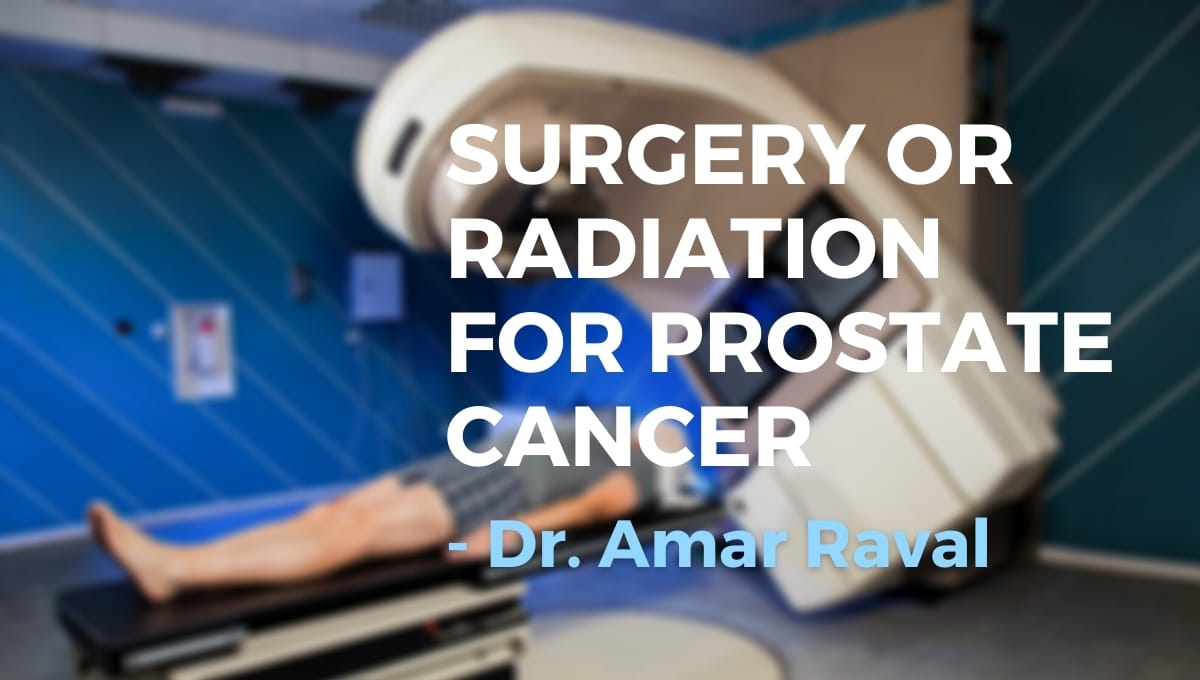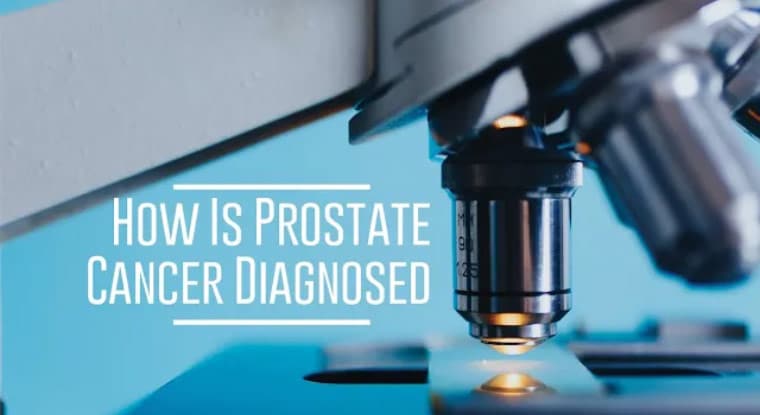KEY TAKEAWAYS:
- Men with a family history of prostate cancer or African-American males should start screening at age 40.
- For the general population, the American Urological Association recommends screening at age 55.
- The PSA test is an important tool for the early detection of prostate cancer.
Prostate-specific antigen (PSA) test is a common test used to screen for prostate cancer. However, there has been controversy over when men should start getting tested for this type of cancer. In this article, we will discuss the right time for a PSA test according to Dr. Yaser Bassel, a board-certified urologist in Tampa, FL, and a member of Advanced Urology Institute.
Who Should Start Screening at Age 40?
Dr. Yaser Bassel recommends that men with a family history of prostate cancer or African-American males should start screening at age 40. This is because they are at higher risk of developing prostate cancer. African-American men are twice as likely to die from prostate cancer than white men, and they are more likely to be diagnosed with prostate cancer at an earlier age. Additionally, men with a family history of prostate cancer have a higher risk of developing the disease themselves.
What Does the Screening Involve?
The screening process for prostate cancer typically involves a PSA blood test and a digital rectal exam. The PSA blood test measures the level of PSA in the blood. PSA is a protein produced by the prostate gland, and high levels of PSA can be an indication of prostate cancer. The digital rectal exam involves a doctor inserting a lubricated, gloved finger into the rectum to feel the prostate gland and check for any abnormalities.
When Should the General Population Start Screening?
For the general population, the American Urological Association recommends screening at age 55. This is because the risk of developing prostate cancer increases with age. However, if a man has a family history of prostate cancer or other risk factors, such as African-American heritage, he may need to start screening earlier.
The Importance of Early Detection
The PSA test is an important tool for the early detection of prostate cancer. When caught early, prostate cancer is often treatable, and the chances of survival are high. However, if prostate cancer is not detected early, it can spread to other parts of the body and become more difficult to treat. Therefore, it is important for men to talk to their doctor about the right time for them to start getting screened for prostate cancer.
Advanced Urology Institute
Advanced Urology Institute is the largest urology practice in Florida, with multiple locations throughout the state, including Tampa. They offer a wide range of urological services, including prostate cancer screenings, and their team of experienced urologists is dedicated to providing the highest quality care to their patients. If you are in need of urological care, we highly recommend scheduling an appointment with Advanced Urology Institute.
TRANSCRIPTION:
My name is Yaser Bassel. I’m a board-certified urologist with Advanced Urology Institute.
In particular, it’s important for men with a family history of prostate cancer or African-American males to start screening at age 40. And again, that’s typically done with an annual PSA blood test and also a digital rectal exam. For the general population, the American Urological Association now recommends screening at age 55. It’s pretty simple. It involves really just a simple blood test that’s done once a year and then also a prostate exam or a digital rectal exam.
REFERENCES:
- “What Is Screening for Prostate Cancer? | CDC.” https://www.cdc.gov/cancer/prostate/basic_info/screening.htm.
- “Prostate Cancer Screening | PSA Test – MedlinePlus.” 29 Mar. 2022, https://medlineplus.gov/prostatecancerscreening.html.
- “Prostate Cancer: Age-Specific Screening Guidelines.” https://www.hopkinsmedicine.org/health/conditions-and-diseases/prostate-cancer/prostate-cancer-age-specific-screening-guidelines.






 I started private practice in 1995, and from 1995 until the last five (5) years or so, I didn’t have any
I started private practice in 1995, and from 1995 until the last five (5) years or so, I didn’t have any 


 Once an appointment is made with the urologist, doctor and patient can begin discussing symptoms and the diagnostic process. If the patient’s complaints are consistent with BPH, the urologist will proceed with a prostate exam. There are also other simple, non-invasive tests that can be completed at the urologist’s office that will indicate the patient’s urine flow and ability to empty his bladder. More sophisticated testing is available if additional data on the patient’s BPH issue is needed. For example, fiber optic scope evaluations give the urologist the most detailed picture of the patient’s BPH, which can then be used to devise the best treatment plan.
Once an appointment is made with the urologist, doctor and patient can begin discussing symptoms and the diagnostic process. If the patient’s complaints are consistent with BPH, the urologist will proceed with a prostate exam. There are also other simple, non-invasive tests that can be completed at the urologist’s office that will indicate the patient’s urine flow and ability to empty his bladder. More sophisticated testing is available if additional data on the patient’s BPH issue is needed. For example, fiber optic scope evaluations give the urologist the most detailed picture of the patient’s BPH, which can then be used to devise the best treatment plan.
 For many men, their prostate cancer will not be aggressive and the symptoms will be manageable. In these cases, urologists rely on active surveillance as the best first treatment option. Rather than risk possibly harmful treatments on a non-aggressive cancer, the urologist will monitor the cancer with routine checkups. Other treatment options will be considered if the cancer becomes more aggressive.
For many men, their prostate cancer will not be aggressive and the symptoms will be manageable. In these cases, urologists rely on active surveillance as the best first treatment option. Rather than risk possibly harmful treatments on a non-aggressive cancer, the urologist will monitor the cancer with routine checkups. Other treatment options will be considered if the cancer becomes more aggressive.
 One of the biggest benefits of immunotherapy is its less severe side effects.
One of the biggest benefits of immunotherapy is its less severe side effects. 
 This focused biopsy is called a
This focused biopsy is called a 
 Urologists will consider their patient’s health, age, and the type cancer when deciding how to proceed. For some cases, the best treatment is none at all. When a patient has
Urologists will consider their patient’s health, age, and the type cancer when deciding how to proceed. For some cases, the best treatment is none at all. When a patient has 

 There are pros and cons to PSA screening for prostate cancer. PSA tests can show increases in proteins when cancerous tissue is not actually present. This is called a false positive and can cause a great deal of stress for the patient and lead to more invasive tests that may not be necessary. For these reasons, among others, PSA tests were not recommended to patients for a period of time.
There are pros and cons to PSA screening for prostate cancer. PSA tests can show increases in proteins when cancerous tissue is not actually present. This is called a false positive and can cause a great deal of stress for the patient and lead to more invasive tests that may not be necessary. For these reasons, among others, PSA tests were not recommended to patients for a period of time.
 Some prostate cancers grow slowly and, in some cases, need little to no treatment. Other cancers can be aggressive and spread quickly. It is important to see your urologist often to monitor your cancer, as the best treatment for you will depend on the type of prostate cancer you have and how it reacts to treatment.
Some prostate cancers grow slowly and, in some cases, need little to no treatment. Other cancers can be aggressive and spread quickly. It is important to see your urologist often to monitor your cancer, as the best treatment for you will depend on the type of prostate cancer you have and how it reacts to treatment.
 A patient with any one of these symptoms should discuss them with his doctor. If a man has more than one of the symptoms for a week or more, he should see a doctor as soon as possible to check on possible causes. There are also more potentially treatable physical problems not related to the prostate gland that might cause those problems. A general practitioner through some simple tests should be able to then know if a urologist would be required.
A patient with any one of these symptoms should discuss them with his doctor. If a man has more than one of the symptoms for a week or more, he should see a doctor as soon as possible to check on possible causes. There are also more potentially treatable physical problems not related to the prostate gland that might cause those problems. A general practitioner through some simple tests should be able to then know if a urologist would be required.
 2. Digital Rectal Exam. This is very commonly used in prostate screening exercises. The doctor inserts a finger into the rectum and physically examines the prostate. If the doctor detects something unusual in the shape, mass or texture of the prostate, then there may be further tests to determine what the problem is.
2. Digital Rectal Exam. This is very commonly used in prostate screening exercises. The doctor inserts a finger into the rectum and physically examines the prostate. If the doctor detects something unusual in the shape, mass or texture of the prostate, then there may be further tests to determine what the problem is.